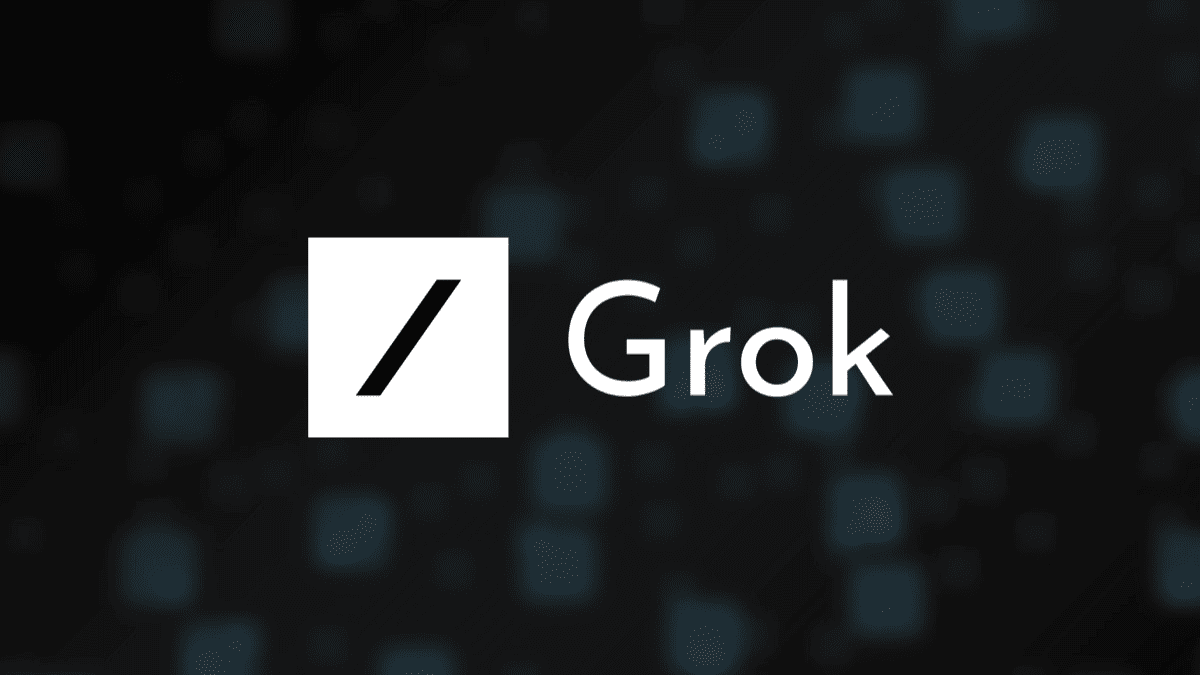What makes Grok AI unique and different than other models?
2 min. read
Updated on
Read our disclosure page to find out how can you help MSPoweruser sustain the editorial team Read more

xAI, a new AI company founded by Elon Musk, has released a beta prototype of its first language model, Grok AI.
Grok is designed to be a powerful and versatile tool, capable of answering questions in a comprehensive and informative way, even if they are open-ended, challenging, or strange.
“Grok is designed to answer questions with a bit of wit and has a rebellious streak, so please don’t use it if you hate humor!” says the company. It’s now live in its beta stage for a limited number of users in the US.
In its demonstration, the company says that the original model’s prototype (Grok-0) was trained with 33 billion parameters. Compared to LLaMA 2‘s 70 billion, the number still has a lot catching up.
The company also tested its model on a math exam from 2023 to see how it performs in a real-world scenario. Grok got a C (59%), Claude-2 got a C (55%), and GPT-4 got a B (68%).
But, enough with the tech jargon. What actually sets Grok AI apart from others? While the language is still in its beta testing, the documentation reveals something interesting: it relies on “real-time knowledge of the world via the X (fka Twitter) platform.”
The company also promises that it can answer “spicy questions that are rejected by most other AI systems.” You may know that, for example, sometimes ChatGPT refuses to address taboo subjects, such as ongoing conflicts, or Bing Image Creator rejects requests for images that appear to promote violence.
Will this AI address these issues? Who knows, but from the looks of it, something interesting is on the horizon.








User forum
0 messages